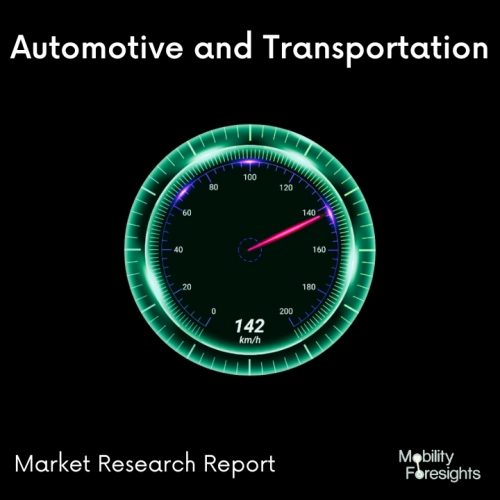
- Get in Touch with Us

Last Updated: Apr 25, 2025 | Study Period: 2022-2030
Sierra Leone is a nation in west Africa. Pedro de Sintra, a Portuguese navigator who was the first European to see and map Freetown Harbor, is credited with giving the nation its name. Serra Lyoa, which translates to "Lion Mountains" in the original Portuguese, was the name given to the hills that encircle the harbour.
A form of transportation that runs on electricity is known as an electric vehicle (EV). Electric cars and trucks use an electric motor that is powered by electricity from batteries or a fuel cell, as opposed to traditional vehicles that use a gasoline (petrol) or diesel-powered engine.

The Sierra Leone Electric Vehicle Market accounted for $XX Billion in 2021 and is anticipated to reach $XX Billion by 2030, registering a CAGR of XX% from 2022 to 2030.
SIERRA LEONE, Freetown: At the Civil Service Training College in Freetown, the project titled "Supporting Sierra Leone with the Shift to Electric Mobility" was introduced by the Minister of the Environment, Prof.
The Sierra Leonean government is leading the initiative through the Environmental Protection Agency, the Ministry of Energy, and the Ministry of Transport, with assistance from the Global Environment Facility and the United Nations Environment Program. The project's goal is to reduce greenhouse gas (GHG) emissions in Sierra Leone by accelerating the adoption of electric mobility.
To do this, it will establish legal, regulatory, and institutional frameworks, build capacity, demonstrate pilot electric vehicle programmes, develop business plans for private sector participation, and create financing plans for expansion and replication.
The goal of the e-mobility initiative, according to the Minister of the Environment, is to address the harmful effects of air pollution, climate change, and lowering Sierra Leone's reliance on fossil fuels in the transportation sector.
The Paris Climate Agreement, a global shift to low- and zero-emission mobility is necessary. He also notes that the transportation industry is a major source of short-lived climate pollution, particularly black carbon, which can warm the Earth more quickly than carbon dioxide.
| Sl no | Topic |
| 1 | Market Segmentation |
| 2 | Scope of the report |
| 3 | Abbreviations |
| 4 | Research Methodology |
| 5 | Executive Summary |
| 6 | Introduction |
| 7 | Insights from Industry stakeholders |
| 8 | Cost breakdown of Product by sub-components and average profit margin |
| 9 | Disruptive innovation in the Industry |
| 10 | Technology trends in the Industry |
| 11 | Consumer trends in the industry |
| 12 | Recent Production Milestones |
| 13 | Component Manufacturing in US, EU and China |
| 14 | COVID-19 impact on overall market |
| 15 | COVID-19 impact on Production of components |
| 16 | COVID-19 impact on Point of sale |
| 17 | Market Segmentation, Dynamics and Forecast by Geography, 2022-2030 |
| 18 | Market Segmentation, Dynamics and Forecast by Product Type, 2022-2030 |
| 19 | Market Segmentation, Dynamics and Forecast by Application, 2022-2030 |
| 20 | Market Segmentation, Dynamics and Forecast by End use, 2022-2030 |
| 21 | Product installation rate by OEM, 2022 |
| 22 | Incline/Decline in Average B-2-B selling price in past 5 years |
| 23 | Competition from substitute products |
| 24 | Gross margin and average profitability of suppliers |
| 25 | New product development in past 12 months |
| 26 | M&A in past 12 months |
| 27 | Growth strategy of leading players |
| 28 | Market share of vendors, 2022 |
| 29 | Company Profiles |
| 30 | Unmet needs and opportunity for new suppliers |
| 31 | Conclusion |
| 32 | Appendix |